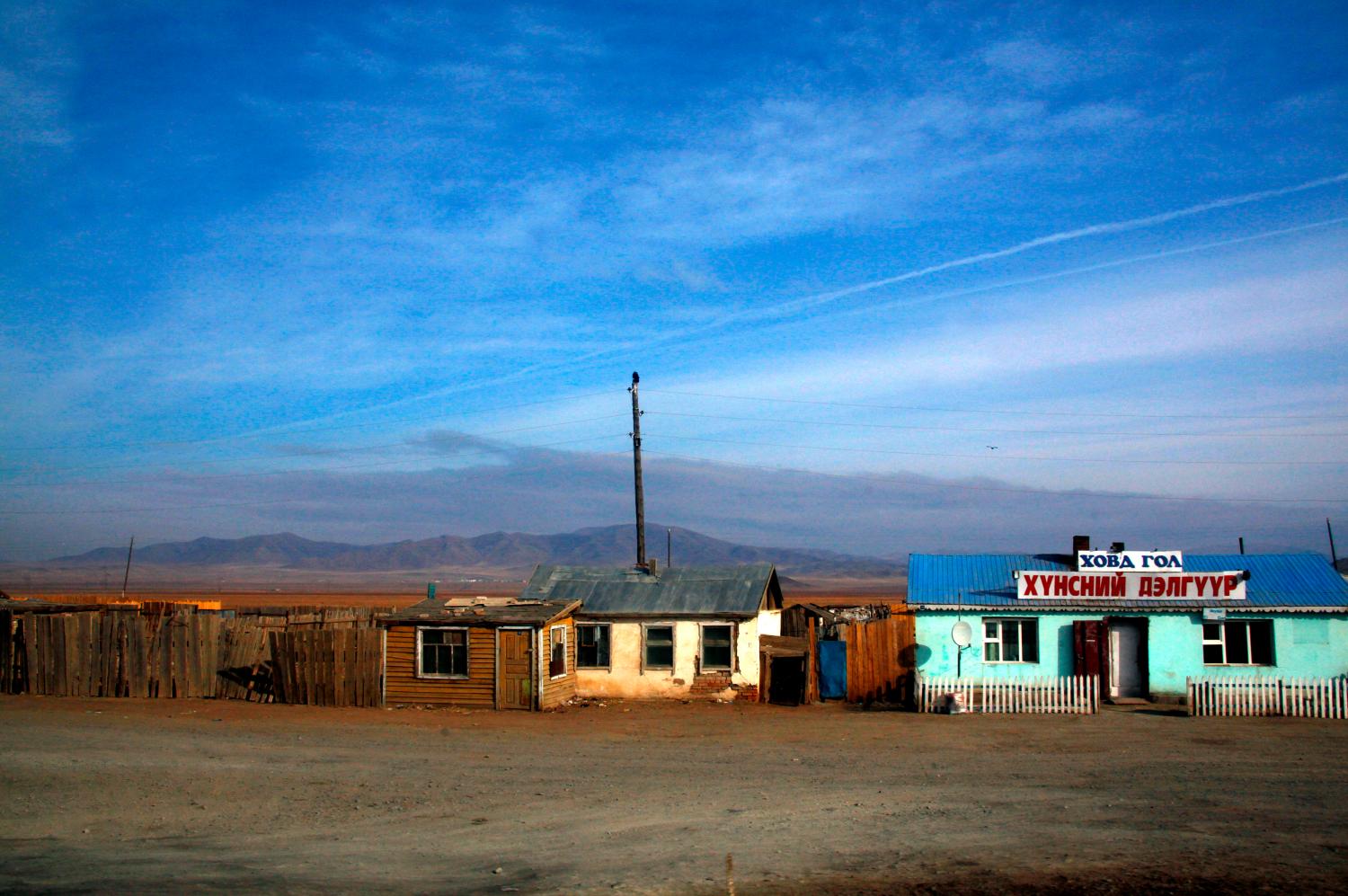There is burgeoning literature on well-being around the
world, much of which finds consistent patterns in its determinants
in countries and cultures around the world.
Many of these patterns are predictable: Income matters
to individual well-being, but after a certain point
other things such as the incomes of others also start
to matter. Health is essential to well-being, and stable
partnerships, stable marriages and social relationships
also play a role. Women are typically happier than
men, except in contexts where their rights are severely
compromised. And because these patterns are so consistent
across diverse countries and cultures, scholars
in the field can control for these factors and explore the
well-being effects of phenomena that vary more, such
as inflation and unemployment rates, crime and corruption,
smoking, drinking, exercising, and the nature
of public goods, among others. There is also nascent
literature on the causal properties of well-being, which
finds that happier people are, for the most part, healthier
and more productive.
Within this broader frame, we undertook the first extensive
survey of well-being in Mongolia, a remote and
unique context where citizens had recently experienced
a dramatic transition in the nature of their economy and
political system. A primary question was whether the
basic patterns in the determinants of well-being trends
would hold in Mongolia—landlocked between China
and Russia, the least densely populated country in the
world, with a rich history and nomadic heritage, and full
of sharp contrasts. For all of these reasons, one could
expect that well-being trends there might diverge from
the usual patterns that we find elsewhere.
Because of the detailed and disaggregated nature of
the data that we were able to collect, we were also able
to explore additional questions for which larger-scale,
less fine grained data sets do not allow. In particular,
we focused on the well-being effects of average community-
level income and of average community-level
happiness, and how these varied depending on where
in the income distribution respondents were, as well as
where in the well-being distribution respondents were.
As is increasingly common in the literature, we analyzed
two distinct dimensions of well-being—hedonic
and evaluative—separately, comparing our findings
across these dimensions in Mongolia to those that we
have based on worldwide data.
The Brookings Institution is committed to quality, independence, and impact.
We are supported by a diverse array of funders. In line with our values and policies, each Brookings publication represents the sole views of its author(s).






